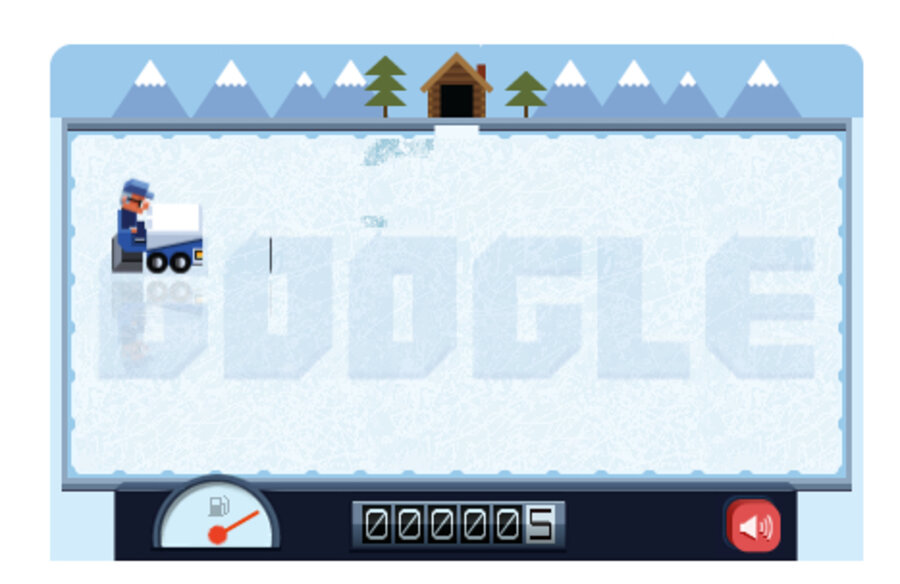Remembering Frank Zamboni, the original 'Iceman'
Loading...
The Google homepage Wednesday is dominated by an interactive doodle featuring a pair of hockey players, a bundled-up skater, and a bespectacled Zamboni driver. Click on the doodle, and a game launches; to win points, you must clean up the scratches and nicks left by the skaters before your fuel gauge hits empty. The doodle, of course, is an homage to Frank Zamboni, the mechanic and inventor of the four-wheeled ice resurfacer that bears his name.
Zamboni was born 112 years ago, on Jan. 16, 1901, the third child of Francesco Giuseppe and Carmelina Masoero, both of whom had immigrated from Italy. Frank grew up on the family farm, in Eureka, Utah, and worked from a young age as a mechanic – according to one biography, he was pulled out of ninth grade to assist his father in the fields. In 1920, Frank's brother, George, opened a garage in Southern California, and Frank followed him there.
Later, after a stint at Coyne Trade School in Chicago, Frank and a third brother, Lawrence, went into business under the aegis of Service Electric, later known as the Zamboni Bros. Company. Lawrence and Frank did mostly electrical and drilling work, but they also found time to construct an ice-making plant, and sell big blocks of ice to nearby produce packing plants.
In 1940, Frank Zamboni, now a family man – he'd married Norda Ileta Chamberlain in 1923, and together he and Norda had three children – helped open an indoor rink called Iceland, in Paramount, Calif. At the time, indoor ice skating was growing in popularity, and Iceland was a success, but there was a major problem: it was hard to keep the ice clean and fresh.
From the 1988 Los Angeles Times obituary for Zamboni:
It took five men 90 minutes each night to lay down a new sheet of ice. [Frank] Zamboni devoted the next eight years to replacing those five men and, when he did, it was with a machine only its mother could love. The awkward Model A Ice Resurfacer No. 1 sat on two old Dodge front ends and was powered by a war surplus jeep engine. A wooden bin caught the ice shavings. Despite its appearance, it resurfaced the ice in 15 minutes after scraping it, gathering up the shavings, washing the surface and then laying down a coat of fresh hot water that was spread by a towel.
These days, that "Model A Ice Resurfacer No. 1" is more typically referred to simply as a "Zamboni." A patent was granted in 1953, and by the late '60s, Frank Zamboni was selling machines to rinks and NHL franchises across the country. (Interesting side note: Zamboni initially wanted to call his company the "Paramount Engineering Company," but the name was taken, and he was forced to settle for his last name.)
Since the 1970s, the standard Zamboni machine has been the 500 series, which boasts a liquid-cooled engine; an "emission-free" Model 560AC electric resurfacer is also available. (Car and Driver has posted a pretty cool look at the controls of a 500 series Zamboni resurfacer.)
Frank Zamboni, who would have turned 112 today, died on July 27, 1988, in Long Beach, California. He was 87.
As always, for more innovation news, follow us on Twitter: @CSMHorizonsBlog





